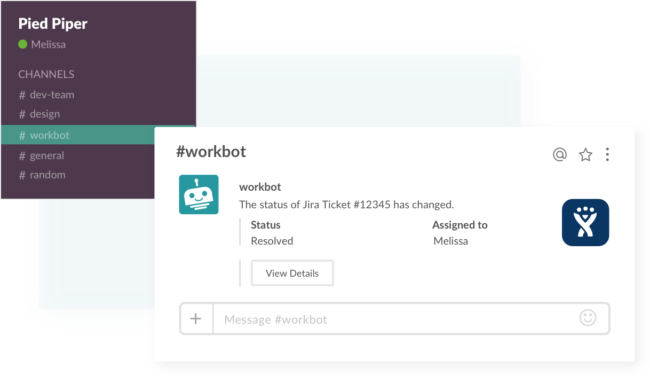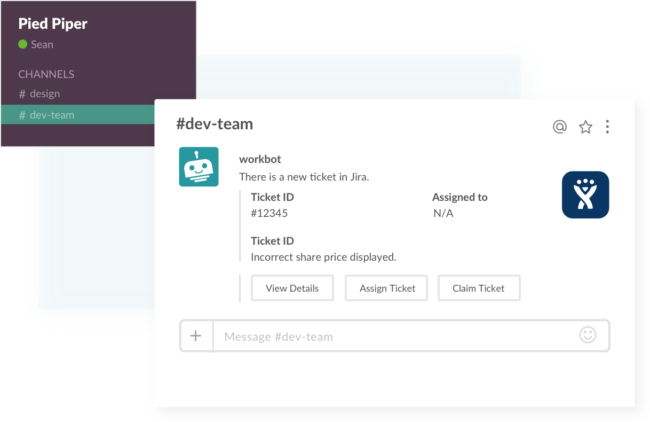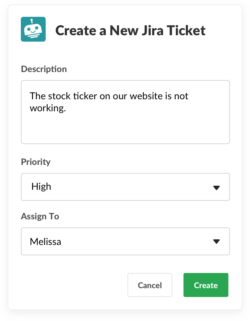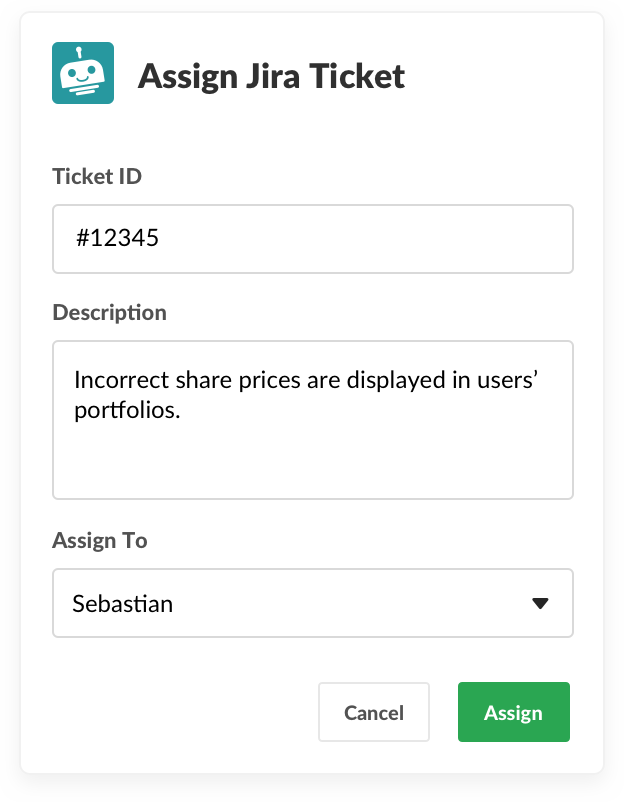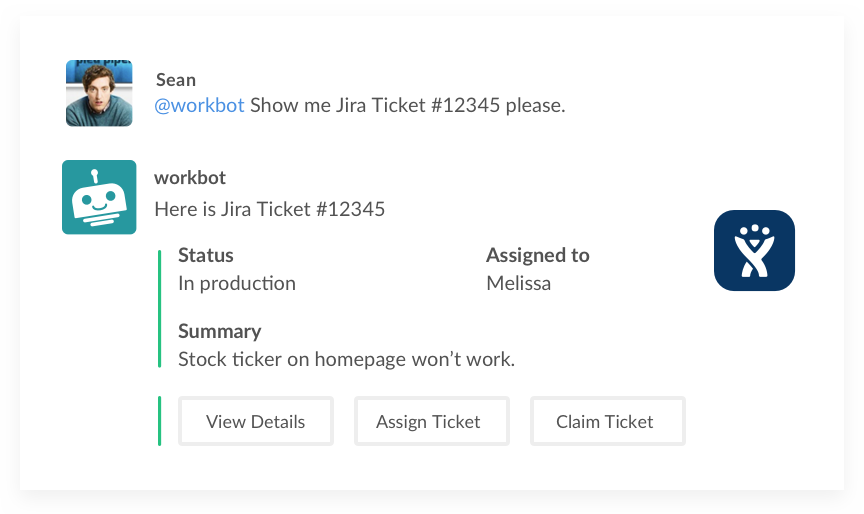Some might say that today, all companies are tech companies. From real estate and financial institutions to insurance and health, companies are becoming more and more advanced with how they use technology to power their business and provide resources to their clients. But with the increases in and updates to technology, every organization faces a similar set of challenges that can slow the way towards innovation. Challenges like: traditional integration tools that only connect/move/analyze static data, siloed data and systems, how the business can access/use data in real time, acquiring the specialists required to build API’s, and the experience of point-to-point integration and automation not answering their business problems.
As companies that are not pure tech transition even further into a digital-first mentality, a common desire is to make Slack into a Software Development Lifecycle hub. Workato can help do just that and more.
Related: 7 Slack automations that can improve the experiences of your employees, prospects, and customers
How a Leading Financial Services Company Made Slack into a Software Development Lifecycle Hub
Who? A leading, public financial services company with over 3,600 employees.
What are they doing with Workato? Handling the software development life cycle from Slack for greater customer satisfaction.
Challenge: With a tight timeline to launch Slack, the IT team was looking for a way to make Slack a hub for their software lifecycle. This primarily meant getting Jira intelligently automated with Slack so the team could follow ticket status changes without context switching.
Solution:
– Users get notifications in Slack channels when key events happen in apps like Jira, BitBucket, Confluence, Jenkins, and BMCRemedy
– Allow users to directly take actions on notifications from Slack
– Interface designed for different user personas – novice to power users
Results:
– Improved visibility and productivity across the development and operations lifecycle
– Slack as the single interface across multiple apps
– A 360 degree view of a feature or an issue in Slack
– Better Client Satisfaction
When it comes to bugs, new features, or software updates – clients want to know when things will be fixed or released. They file tickets with the client services team, who has to liaison with development and get back to the customer. Software development can be a long process, and keeping all stakeholders up to date helps keep clients happy and resolve issues faster.
A leading, publicly traded financial services company wanted to decrease miscommunication between the development and client services team, and increase efficiency and follow up on client issues. With over 200,000 daily average revenue trades processed by the company, the bottom line was customer satisfaction and they knew they could be more efficient and productive in handling the software development lifecycle. Leadership decided to launch Slack for internal use by their software development and IT services team to help with this objective.
A Tight Timeline for Slack Launch
The financial services company planned to have Slack be their main communication tool, and they wanted the development and IT team to be able to complete work with applications like Jira, BitBucket, Confluence, BMC Remedy, and Jenkins from Slack. When they spoke to Slack about these desires and the need to launch Slack with these capabilities intact in phase one, Slack recommended Workato.
Using Workato as an Intelligent Bridge between Development Tools and Slack
Jira needed to contain information from all of their development apps, as it keeps the running status of the development lifecycle. With some of their software development applications being on-prem, this posed a challenge. Workato built an on-prem connector to BitBucket in about a week. The BitBucket on-premise agent connects their on-prem apps to BitBucket, which connects with Jira. With everything ready to go inside of Jira, the company created several Workato recipes and our bot, Workbot, to move information and complete tasks back and forth between Jira and Slack.
Their Workato recipes do things like:
-
Send notifications when the ticket status in Jira changes. Individual notifications go out to the relevant person, and anything new in Jira goes to the team in Slack.
-
Allow users to create a new issue in Jira from Slack
-
Allow users to assign the issue to a user in Jira, from Slack
-
Make a Jira query from Slack and claim Jira issues from Slack
Happy Customers and Improved Visibility for Software Development Lifecycle Managment
In the end, this is a hybrid eco-system. It’s cloud and it’s on-premise, and Workato provides the ability for the financial institution to easily connect to all their applications and interact with them in Slack, all within their tight deadline.
This connected Slack hub improves visibility and productivity across the development and operations lifecycle. Not only do Workato and Workbot allow for a single interface across multiple apps, they also allow the team to design different interfaces for different user personas – from novice to power users. Someone in client services might see simple updates in the software development lifecycle – like the ticket status has changed to “in production” and Jake is assigned to it – while someone on the development team would get a notification with far more detail. Everyone gains quick, easy, 360 degree views on features or issues right inside of Slack. The result? Faster resolution and happier clients!


